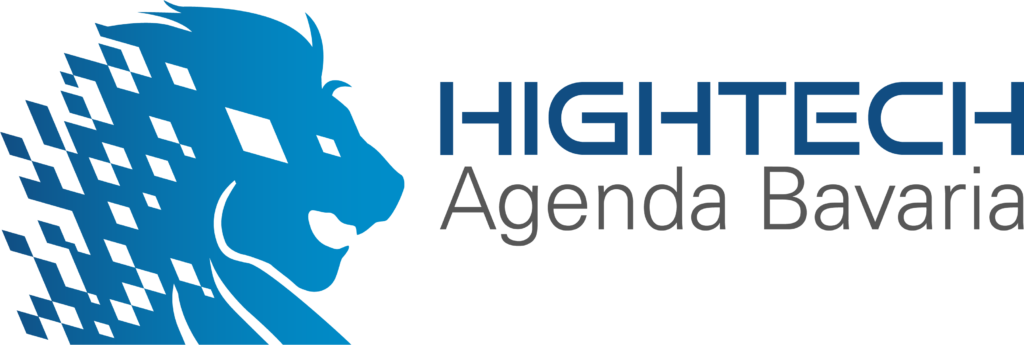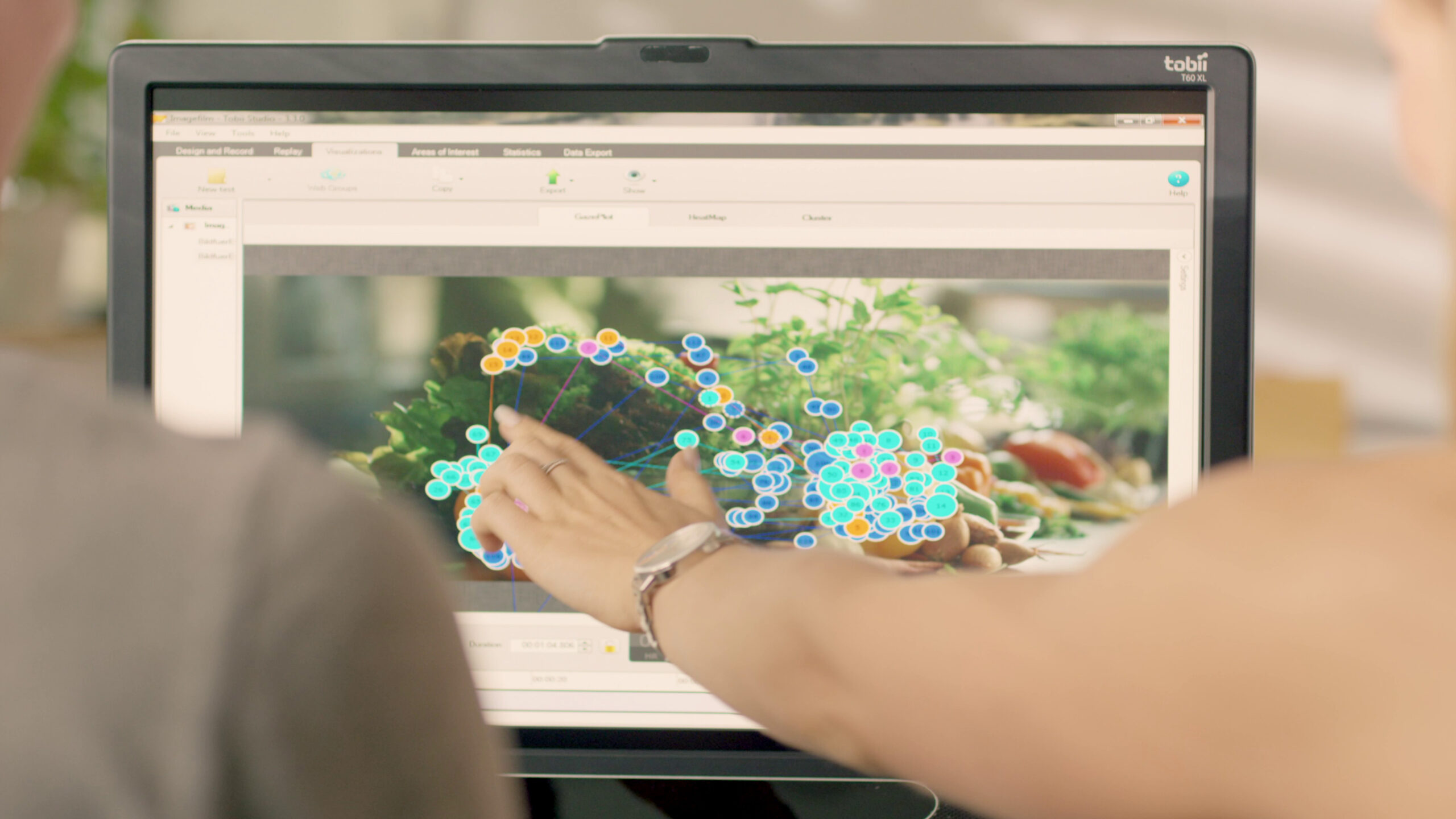Cities Can Learn to Think.
More and more people are living together in less and less space. Growth also presents challenges.
To ensure that all the processes of daily life continue to run smoothly in our cities, we need new solutions to maintain our quality of life.
Digitalization and artificial intelligence are helping us find sensible approaches to topics such as water supply, waste disposal, traffic and parking management, or the energy consumption of buildings in order to conserve resources in the long term.
In the future, however, the use of networks and intelligent technology could open up a host of other possible applications. For example, sensors could record the fill level of public garbage containers or optimize the appropriate time for switching on street lighting.
Many future challenges are hardly foreseeable today – which makes it all the more important to invest in innovation.
We will teach our cities how to think!
Success Stories
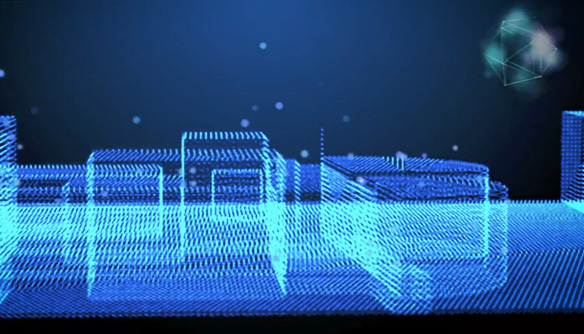
Clever and Smart in Regensburg
Regensburg University of Applied Sciences:
In order to provide citizens with a safe, comfortable, sustainable and mobile life of high quality, the intelligent city of the future (“Smart City”) must break new ground, improve our current living environment, and, above all, collect and process important data without turning the residents themselves and their behavior into data subjects. Sensor technology, from moisture sensors in green spaces to the accurate recording of air quality, but also the control and steering of traffic flows, can only be made possible if sensors collect data that end in accurate forecasts. Further data processing and evaluation directly within the sensor network ensures that the information cannot fall into the hands of third-parties via the cloud or other central storage facilities. A local ‘digital twin’, computed and managed directly in the sensor network, nevertheless guarantees accurate predictions and enables the real-time prediction of the effects of possible guiding measures and selects of the optimal option.
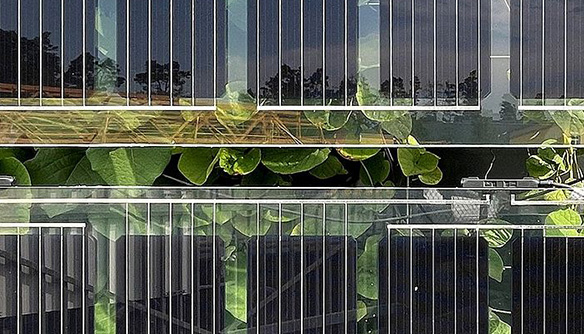
The Greenery On The Wall
Nuremberg Institute of Technology Georg Simon Ohm:
In his “GreenPV” project, Prof. Dr.-Ing. Roland Krippner from the Faculty of Architecture at Nuremberg Technical University is researching a solution that combines photovoltaic systems and plants. The greenery not only serves to cool buildings, but also absorbs carbon dioxide, reduces noise pollution and enhances the quality of city life.
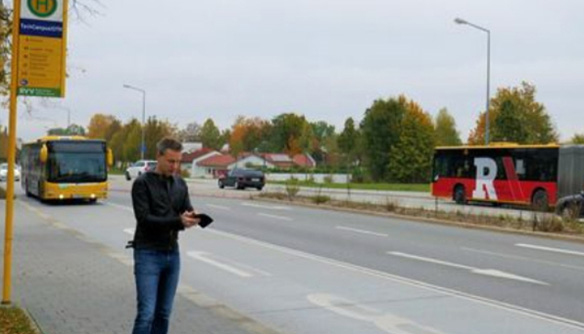
Flashmob AI Allows Flexible Mobility
Regensburg University of Applied Sciences:
How do I get to the doctor, to the supermarket or to an appointment? This question plays a central role in rural areas, especially for young people without a driver’s license and older people who no longer want to or can drive themselves. Again and again, people in rural areas face problems: buses rarely run, the infrastructure is patchy, yet many live in the countryside but still have to commute to work in the city.
The FlashmobAI project is researching a new mobility platform. This should make it possible to book a trip with public transport just as flexibly as getting a taxi. On the platform, it is possible to transmit one’s location via an application and the system will automatically direct the guest to a so-called “PopUp stop”. This stop can be dynamically integrated into the existing timetable of a bus to collect passengers along the way. The positions of the PopUp stops are found using a methodology applying algorithmic geometry. In addition, we use AI to automatically decide which PopUp stops can be inserted onto which route, without noticeably increasing travel times. The new points are weighted in such a manner that as many people as possible have access to the stop via a short walk, that as many stops as possible are in the vicinity, and in such a manner as to ensure that the stops are not too close to already existing stops.
State-of-the-Art Research
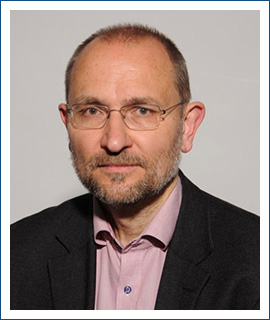
Prof. Dr. Roland Krippner
Design and Technology
Nuremberg University of Applied Sciences Georg Simon Ohm
Roland Krippner’s main areas of work in teaching and research are facade technology (including greened and “installed” facades, building-integrated solar technology and adaptive building structures) and material experiments (bioplastics, lightweight wood-concrete).
Prof. Dr.-Ing. Roland Krippner’s team has been investigating various possible combinations of greening with building technology systems, such as decentralized exterior ventilation and photovoltaics, at an experimental facility since 2019.
(Photo: Michael Pfisterer)
